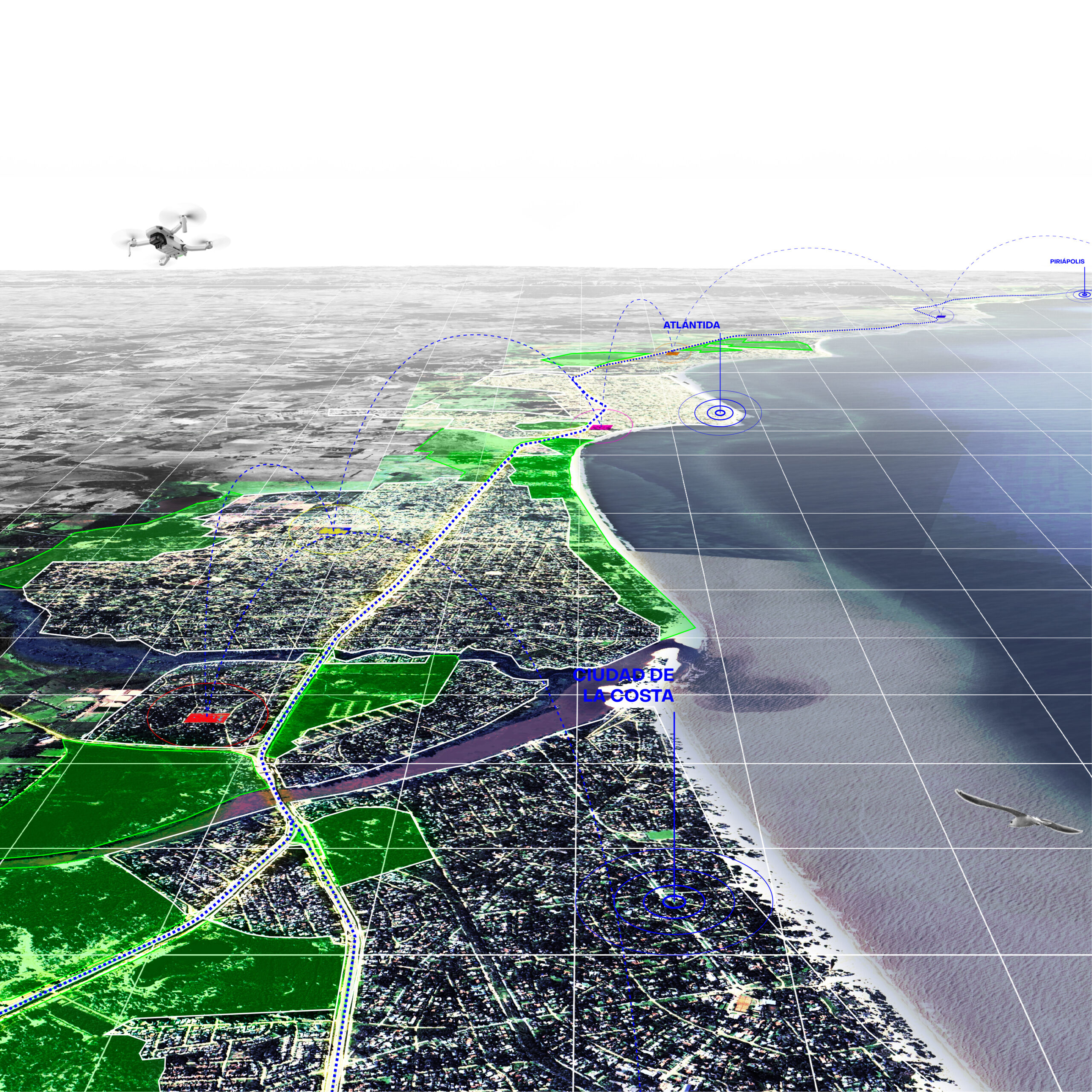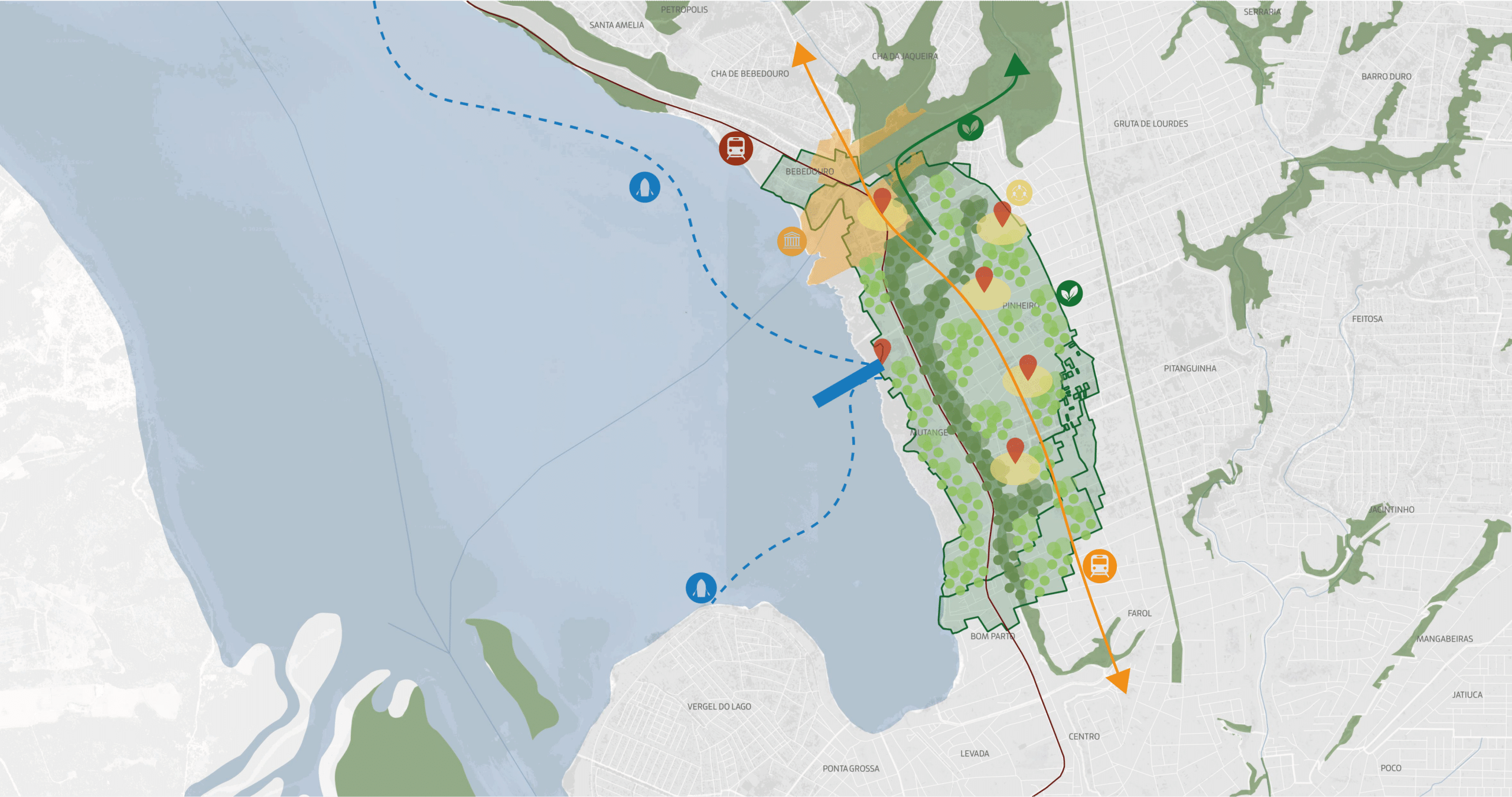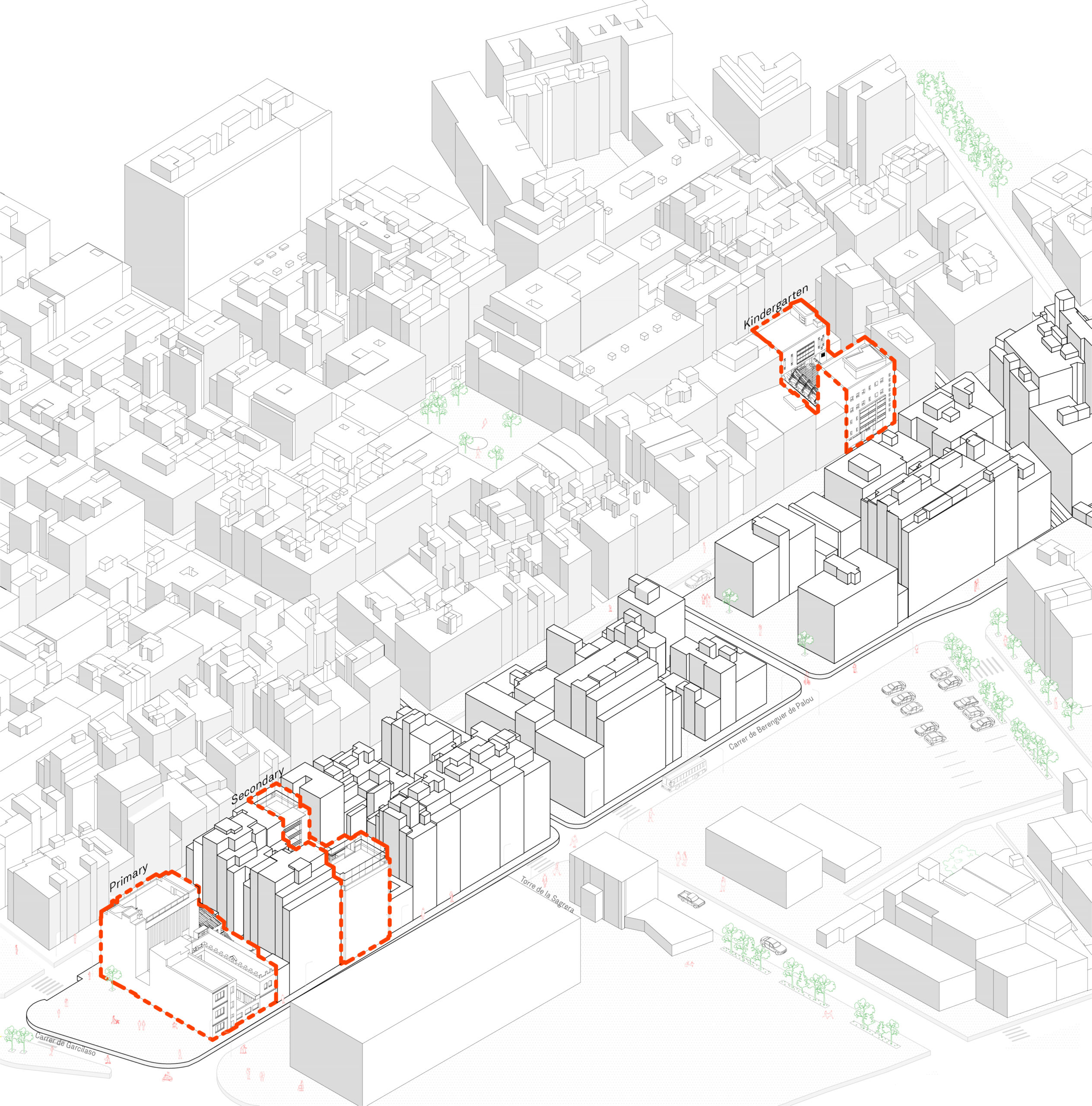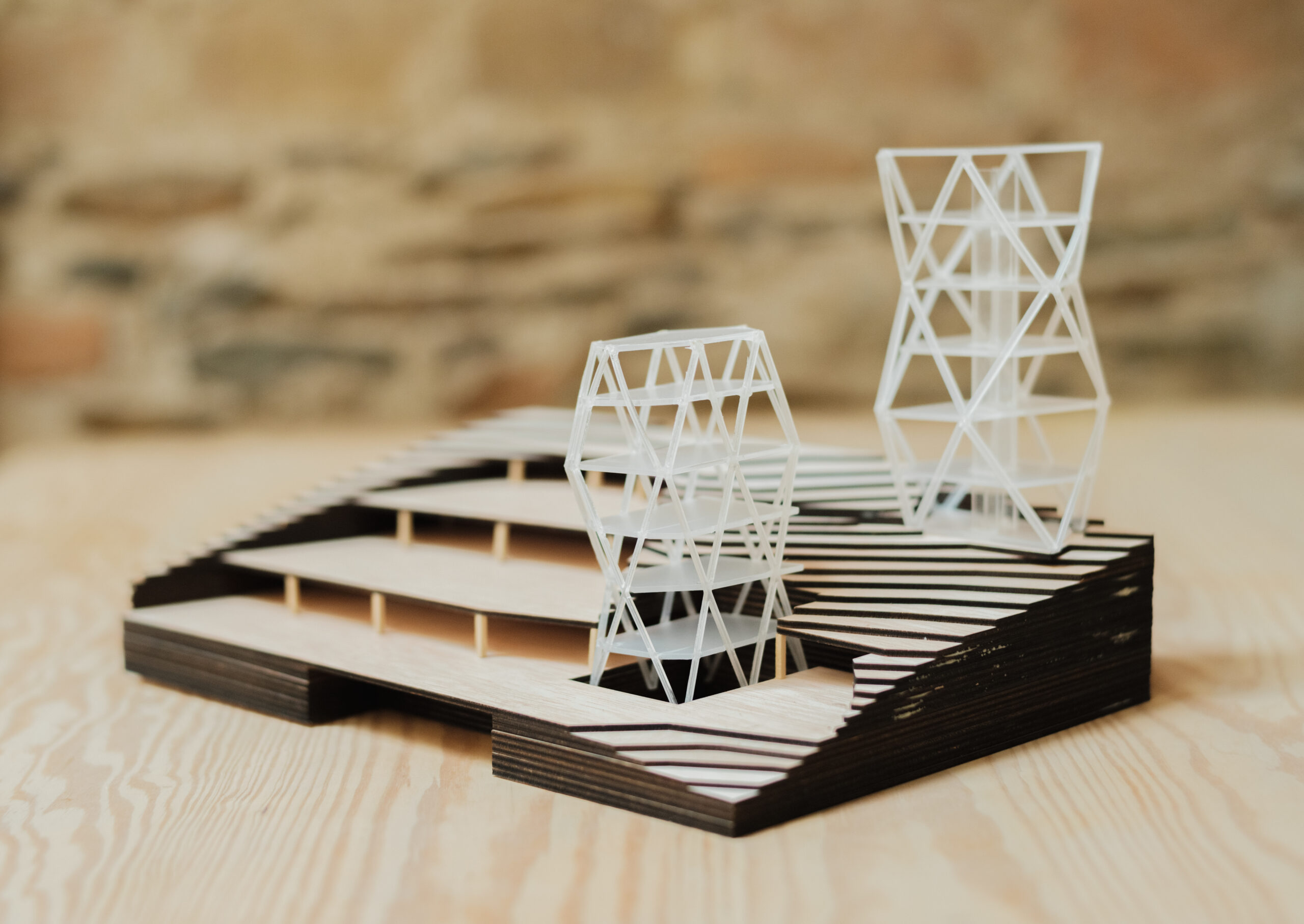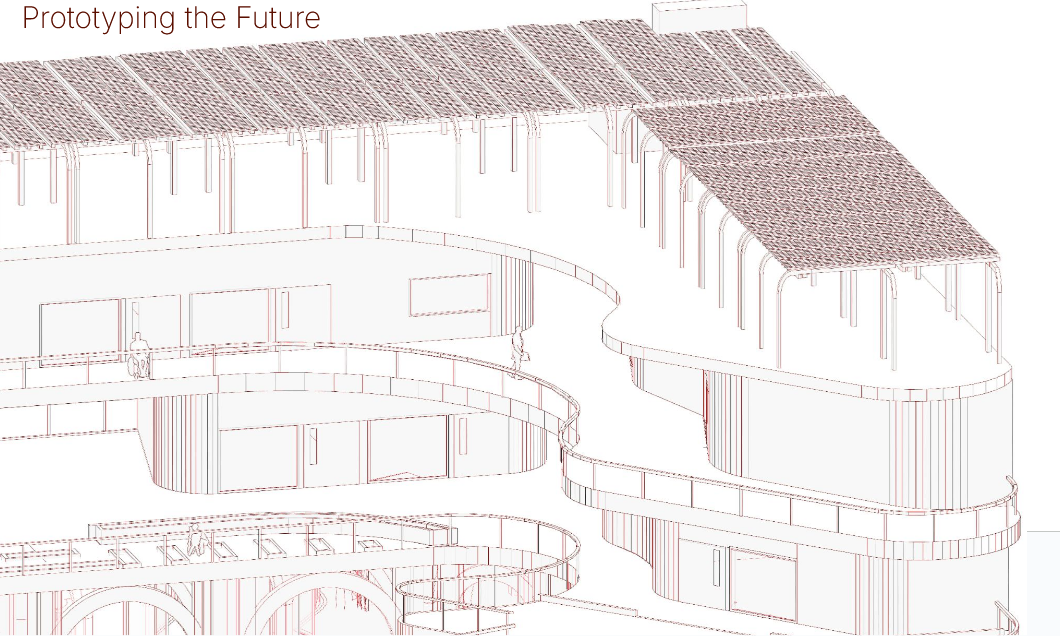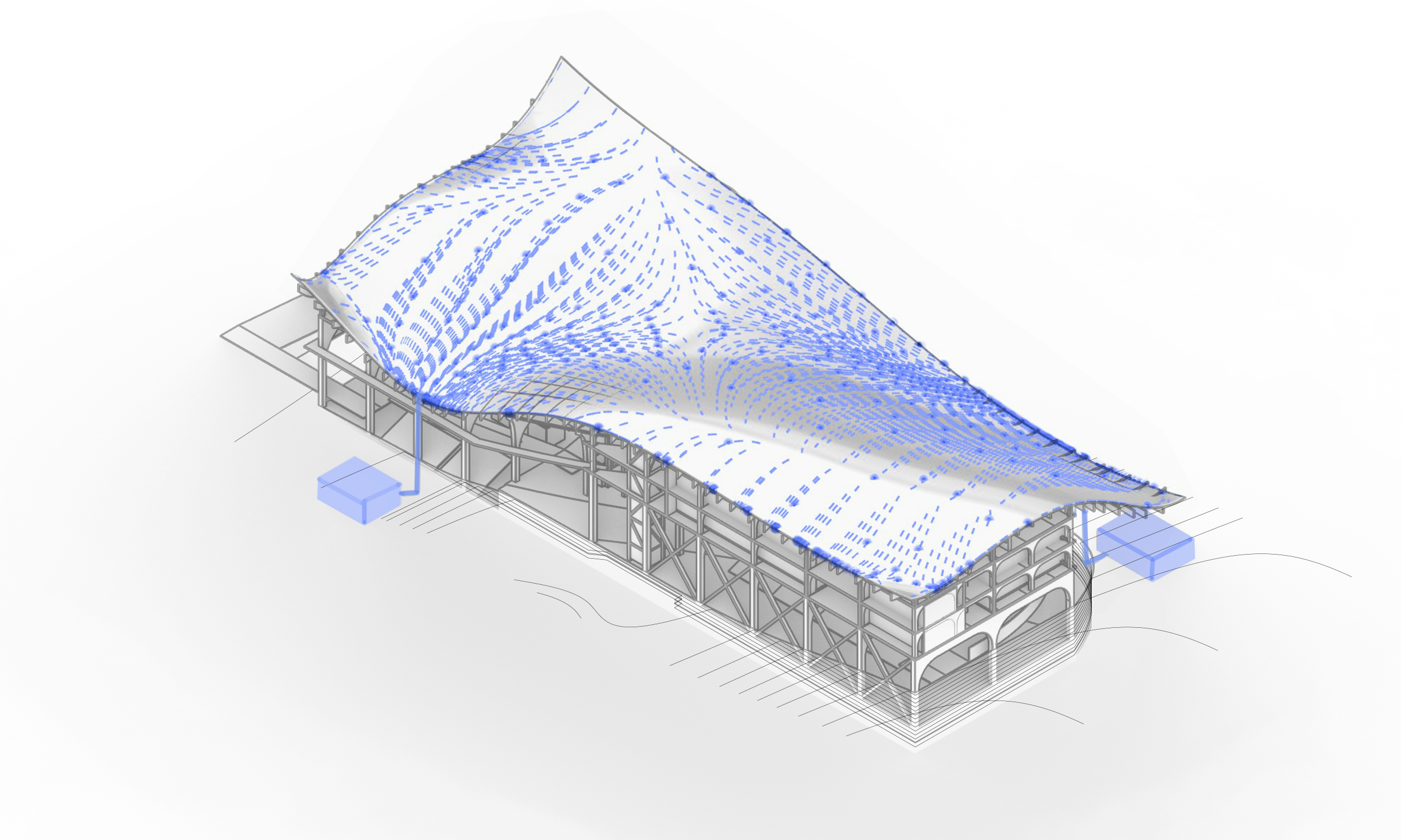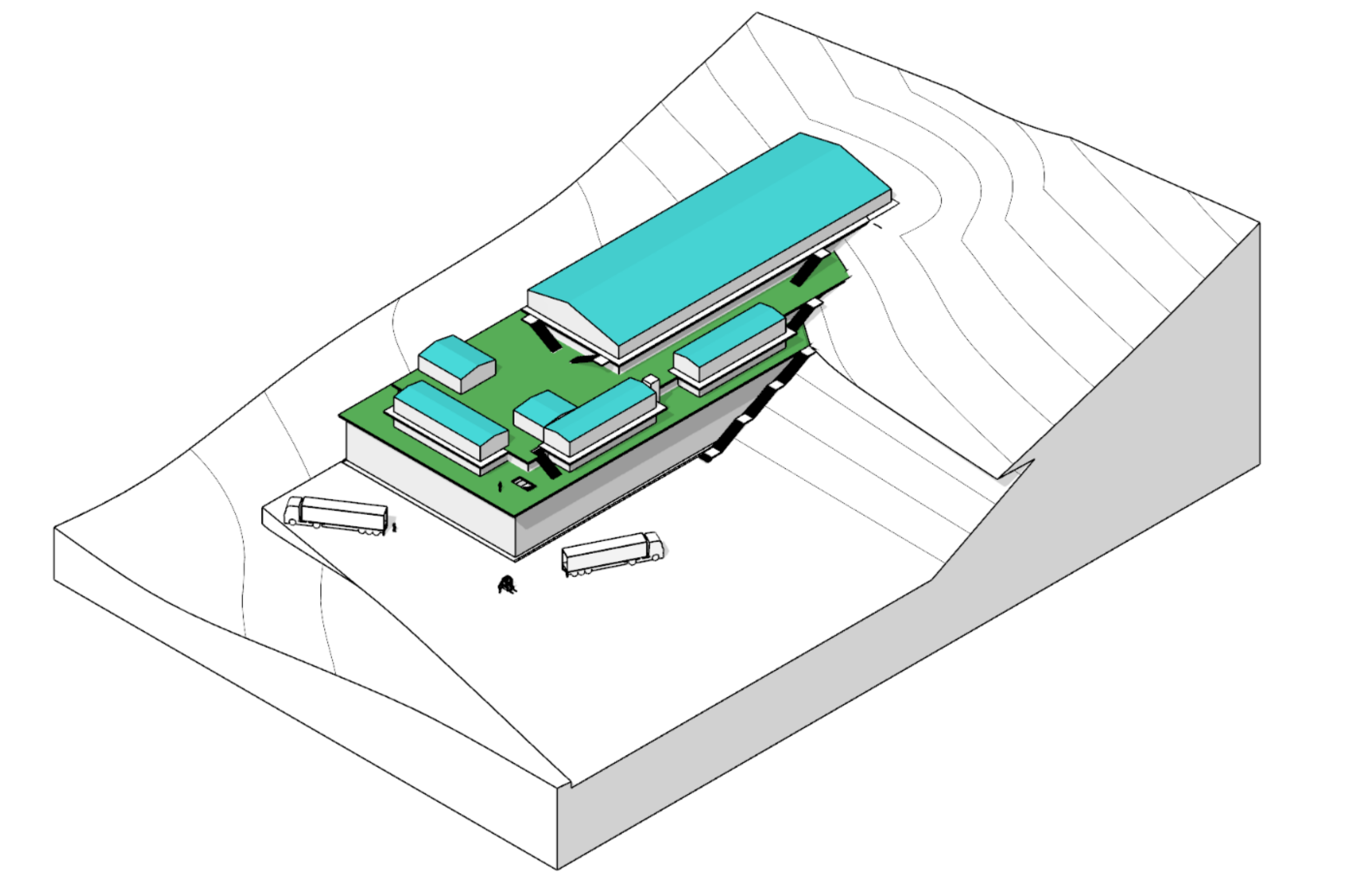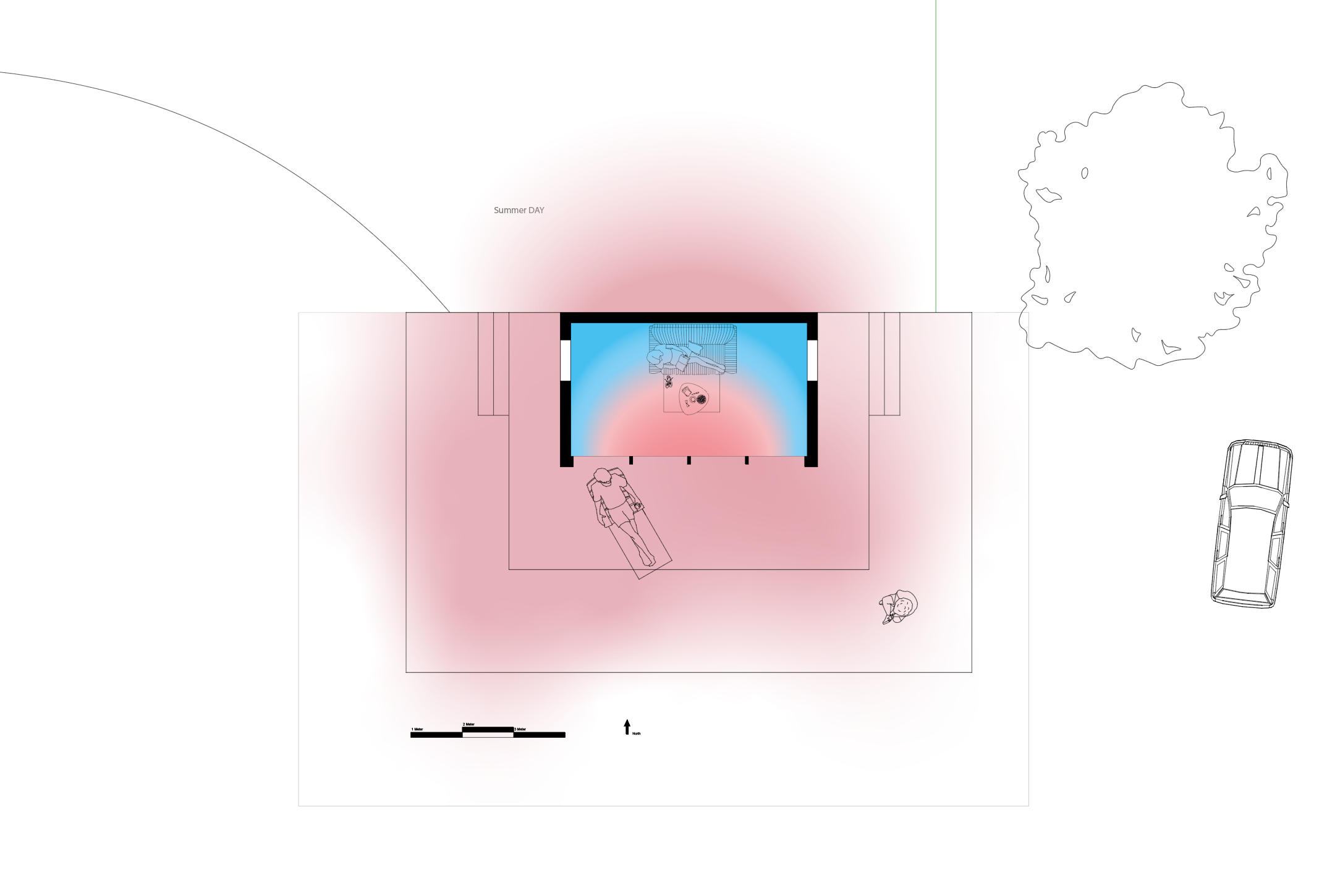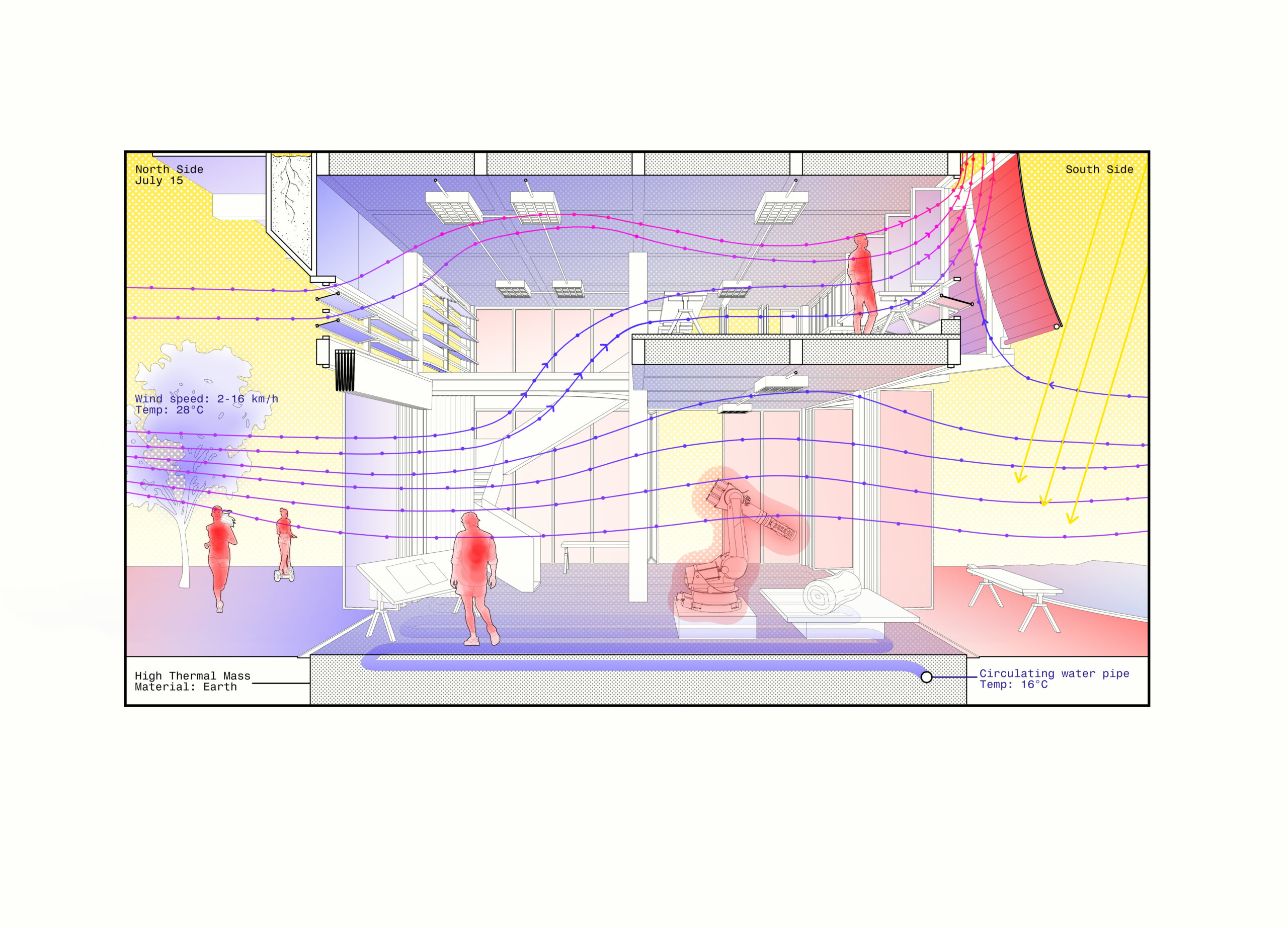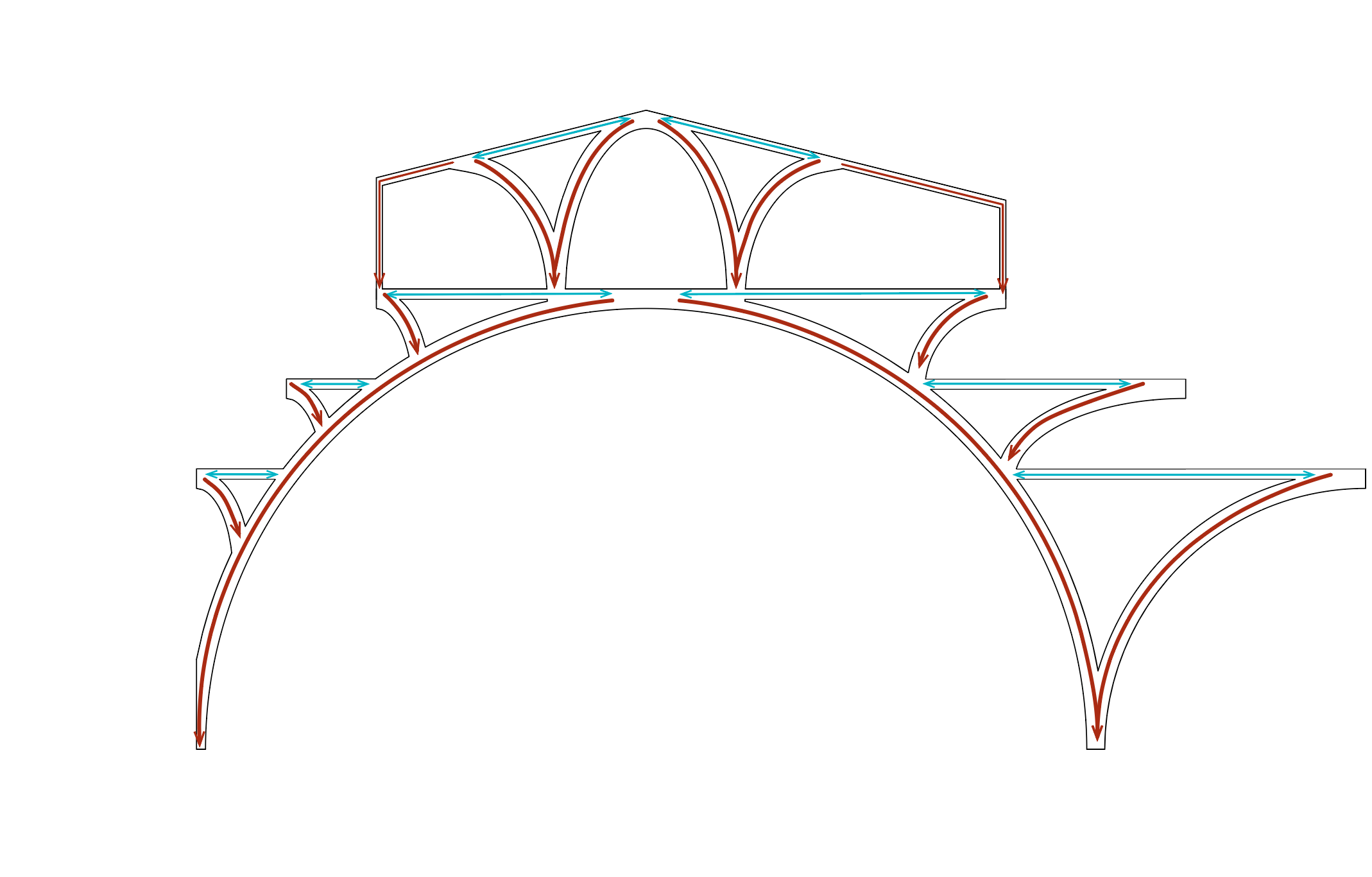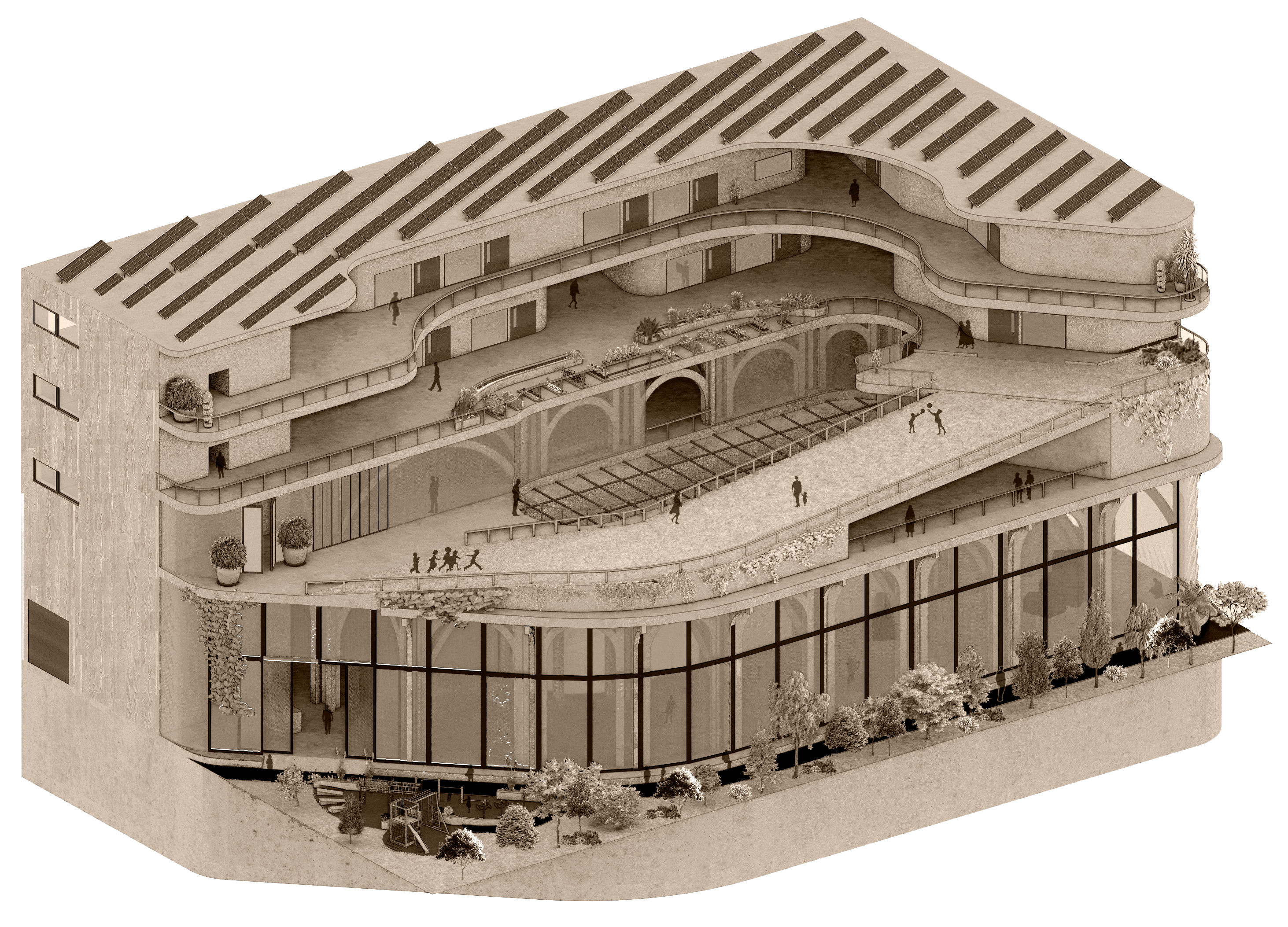ACTIVOS URBANOS EVOLUTIVOS
Sobre latencias y oportunidades en el abordaje de la vacancia en la Ciudad de Mendoza, Argentina RESUMEN La problemática de los pasivos urbanos, definidos como terrenos subutilizados o infraestructuras obsoletas dentro del tejido urbano, constituye un fenómeno global con implicaciones territoriales y socioeconómicas a escala local. La expansión urbana no planificada, caracterizada por patrones de … Read more


